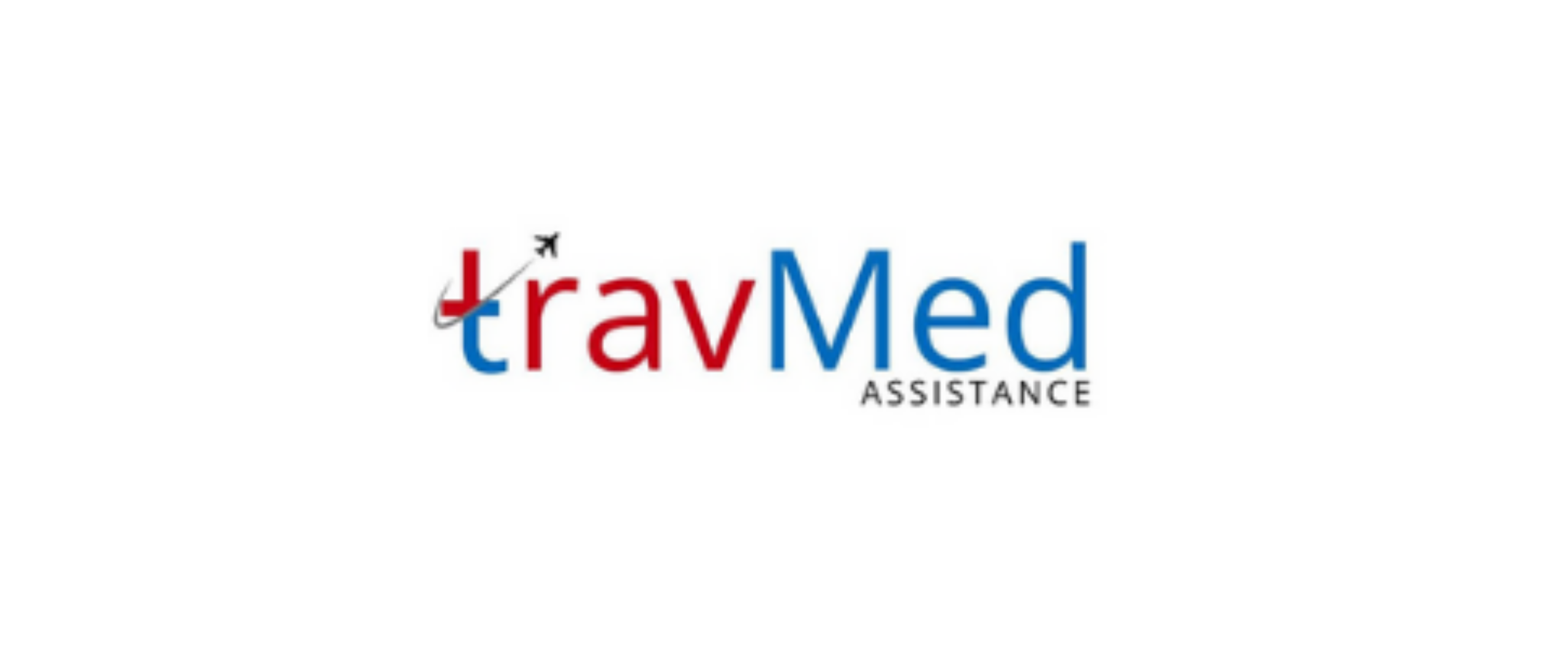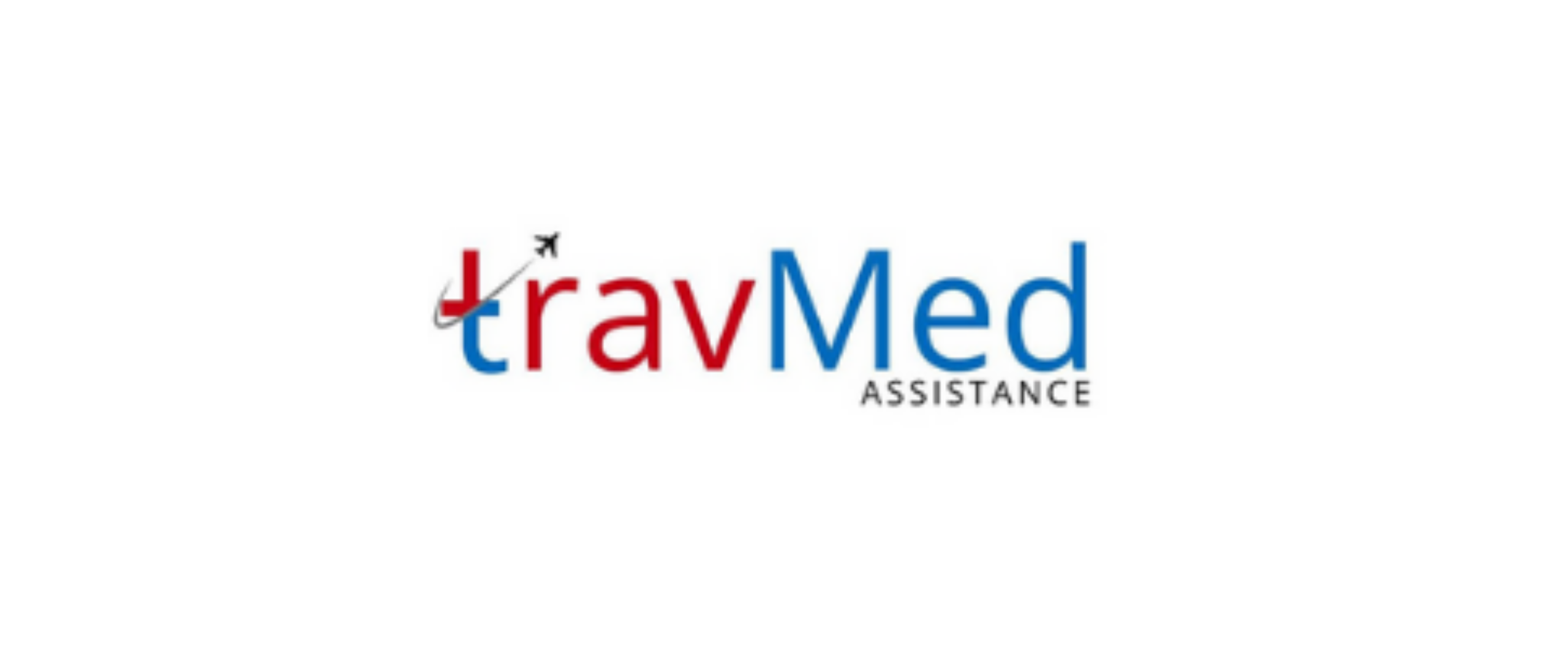
What is medical repatriation in Nepal?
Medical repatriation in Nepal refers to the process of transporting patients from Nepal to their home country or another location for medical treatment. This service is typically utilized when a patient requires specialized care not available in Nepal or wishes to receive treatment in their home country. Medical repatriation involves coordinating with healthcare providers, arranging suitable transportation, and ensuring the patient’s medical needs are met during transit. In Nepal, medical repatriation can be conducted via air ambulance, commercial flights with medical escorts, or ground transportation, depending on the patient’s condition and the destination. The service aims to provide safe and comfortable transportation for patients while maintaining continuity of care throughout the journey.
Who needs evacuation services in Nepal?
Evacuation services in Nepal are required by various individuals facing medical emergencies or challenging situations. Tourists and trekkers who experience altitude sickness, injuries, or sudden illnesses while exploring Nepal’s mountainous regions often need evacuation. Expatriates living in Nepal may require evacuation for specialized medical treatment unavailable locally. Nepalese citizens in remote areas with limited healthcare access might need evacuation to urban centers for advanced medical care. Additionally, individuals caught in natural disasters, such as earthquakes or landslides, may require urgent evacuation. Patients with chronic conditions requiring specialized treatment not available in Nepal also benefit from evacuation services. Pregnant women with high-risk pregnancies or complications may need evacuation for appropriate medical care. Evacuation services cater to a diverse range of individuals, ensuring they receive timely and adequate medical attention.
How does repatriation work in Nepal?
Repatriation in Nepal involves a coordinated effort between multiple parties to ensure the safe transfer of patients. The process typically begins with an assessment of the patient’s medical condition by local healthcare providers. A repatriation company or assistance provider is then contacted to initiate the process. They coordinate with medical professionals to determine the most suitable mode of transportation and required medical support during transit. The repatriation team arranges necessary documentation, including medical reports and travel permits. They liaise with airlines or air ambulance services to secure appropriate transportation. Ground transportation is organized for both departure and arrival. The repatriation team ensures medical equipment and supplies are available for the journey. They coordinate with receiving healthcare facilities at the destination. Throughout the process, the repatriation team maintains communication with the patient’s family, insurance providers, and relevant authorities to ensure a smooth transfer.
What documents are required for repatriation?
Several documents are essential for the repatriation process in Nepal:
- Valid passport
- Visa or travel permit
- Medical reports and records
- Fit-to-fly certificate from a doctor
- Letter of acceptance from the receiving medical facility
- Insurance documentation
- Power of attorney (if applicable)
- Consent forms for medical treatment and transfer
- Death certificate and embalming certificate (for deceased repatriation)
- Customs declaration forms
- Air ambulance or commercial airline booking confirmation
- Ground ambulance arrangements at both departure and arrival points
- Medical equipment and medication list
- Contact information for next of kin
- Travel itinerary
These documents ensure compliance with legal requirements and facilitate a smooth repatriation process.
What is the process of medical evacuation?
The process of medical evacuation in Nepal involves several steps:
- Initial assessment of the patient’s condition by local medical professionals
- Contact with a medical evacuation service provider
- Detailed medical evaluation to determine evacuation requirements
- Selection of appropriate transportation method (air ambulance, commercial flight, or ground transport)
- Coordination with local authorities for necessary permits and clearances
- Arrangement of medical equipment and supplies for the journey
- Booking of suitable transportation and medical escort
- Preparation of required documentation
- Ground transportation to the departure point
- Patient stabilization and preparation for travel
- Boarding and in-transit medical care
- Arrival at the destination and transfer to receiving medical facility
- Handover of the patient and medical information to receiving healthcare providers
- Follow-up and coordination with the patient’s family and insurance provider
This process ensures a safe and efficient medical evacuation, prioritizing the patient’s well-being throughout the journey.
How long does repatriation take in Nepal?
The duration of repatriation from Nepal varies depending on several factors. For urgent cases requiring immediate air ambulance transfer, the process can be completed within 24-48 hours. This includes arranging necessary documentation, securing flight clearances, and coordinating with receiving facilities. For less critical cases using commercial flights with medical escorts, the process may take 3-5 days. This allows time for flight bookings, medical preparations, and coordination with airlines. Repatriation to neighboring countries by ground ambulance typically takes 1-2 days, depending on the destination and border crossing procedures. Factors that can affect the timeline include the patient’s medical condition, availability of suitable transportation, weather conditions (particularly in mountainous regions), and administrative processes. Complex cases requiring extensive medical stabilization or involving remote locations may take longer. The repatriation team works to expedite the process while ensuring the patient’s safety and comfort remain the top priority.
What is the cost of repatriation services?
The cost of repatriation services in Nepal varies widely depending on several factors. Air ambulance repatriation, the most expensive option, can range from $20,000 to $200,000 or more, depending on the destination and patient’s medical needs. Commercial airline repatriation with a medical escort typically costs between $10,000 and $50,000. Ground ambulance repatriation to neighboring countries may cost $5,000 to $15,000. Factors influencing the cost include the patient’s medical condition, required medical equipment and personnel, distance to the destination, type of transportation, and urgency of the repatriation. Additional costs may include medical treatment in Nepal before repatriation, ground transportation, and administrative fees. Insurance coverage can significantly reduce out-of-pocket expenses for individuals. Some repatriation companies offer package deals that include all aspects of the service. It’s advisable to obtain detailed quotes from multiple providers to compare costs and services offered.
Who provides repatriation services in Nepal?
Several organizations provide repatriation services in Nepal:
- International assistance companies (e.g., International SOS, Europ Assistance)
- Travel insurance providers with global assistance networks
- Specialized air ambulance companies operating in the region
- Local medical evacuation companies based in Nepal
- Nepalese Army Air Service for government-approved evacuations
- Private hospitals in Kathmandu with repatriation coordination services
- International embassies and consulates (for their citizens)
- Trekking and mountaineering companies with evacuation services
- Helicopter charter companies specializing in medical evacuations
- Global medical assistance networks with local partners in Nepal
These providers offer various levels of service, from basic coordination to comprehensive medical care during repatriation. The choice of provider often depends on the patient’s specific needs, insurance coverage, and the complexity of the repatriation process.
What medical support is available during transit?
Medical support during repatriation transit from Nepal is comprehensive and tailored to the patient’s needs. A medical team, typically consisting of doctors and nurses experienced in aviation medicine, accompanies the patient. They monitor vital signs, administer medications, and provide necessary treatments throughout the journey. Advanced medical equipment, including ventilators, cardiac monitors, and infusion pumps, is available on air ambulances and can be arranged for commercial flights. Oxygen supply is ensured for patients requiring respiratory support. Emergency medical kits containing a wide range of medications and supplies are carried. For critical cases, intensive care unit (ICU) level care can be provided in specially equipped air ambulances. The medical team maintains communication with ground-based doctors for consultation if needed. They also prepare detailed handover reports for receiving medical facilities. In commercial airline repatriation, the medical escort coordinates with flight crew to ensure the patient’s needs are met. Ground ambulances at departure and arrival points are equipped to provide continuity of care.
Can family members travel with the patient?
Family members can often travel with the patient during repatriation from Nepal, subject to certain conditions. In air ambulance repatriation, typically one family member is allowed to accompany the patient, space permitting. For commercial airline repatriation, family members can travel on the same flight, either seated near the patient or in a different class. The number of accompanying family members may be limited based on the patient’s medical needs and available space. Family members must have valid travel documents and may need to arrange their own travel insurance. In some cases, they may be asked to travel separately if the patient’s condition requires the full attention of the medical team. For ground ambulance repatriation, family members can often follow in a separate vehicle. The repatriation team assists in coordinating travel arrangements for family members, including booking flights and arranging ground transportation. Family members’ presence can provide emotional support to the patient and facilitate communication with healthcare providers.
How is safety ensured during evacuation?
Safety is a top priority during medical evacuations from Nepal. Rigorous protocols are followed to ensure the well-being of patients and medical staff. Aircraft used for air ambulances undergo regular maintenance and safety checks. Pilots are experienced in flying in challenging terrains and weather conditions common in Nepal. Medical equipment is securely fastened and tested before each flight. The medical team conducts a thorough pre-flight assessment of the patient to ensure stability for travel. They have protocols in place for managing in-flight medical emergencies. For high-altitude evacuations, aircraft with pressurized cabins are used to prevent complications. In commercial airline repatriation, the medical escort coordinates with the flight crew to manage any potential issues. Ground transportation is provided by reputable ambulance services with trained paramedics. The evacuation team maintains constant communication with ground support for real-time updates on weather and route conditions. Contingency plans are in place for unexpected situations. Strict infection control measures are implemented, especially for patients with communicable diseases. The entire evacuation process is monitored by a coordination center that can provide additional support if needed.
Are there specialized evacuation teams in Nepal?
Nepal has several specialized evacuation teams equipped to handle various medical emergencies and challenging environments. These teams include:
- High-altitude rescue teams trained in mountain evacuations
- Helicopter emergency medical services (HEMS) crews
- Wilderness medicine specialists for remote area evacuations
- Trauma teams for accident and disaster response
- Neonatal and pediatric transport teams
- Critical care transport teams for ICU-level patients
- Infectious disease transport teams with isolation capabilities
- Swift water rescue teams for flood-related evacuations
- Urban search and rescue teams for earthquake response
- Aeromedical evacuation teams of the Nepalese Army
- International medical teams collaborating with local providers
- Specialized teams for evacuating patients with specific conditions (e.g., spinal injuries, burn victims)
These teams undergo regular training and are equipped with specialized gear and medical equipment. They work in coordination with local healthcare providers, government agencies, and international organizations to provide comprehensive evacuation services across Nepal’s diverse terrain and challenging conditions.

